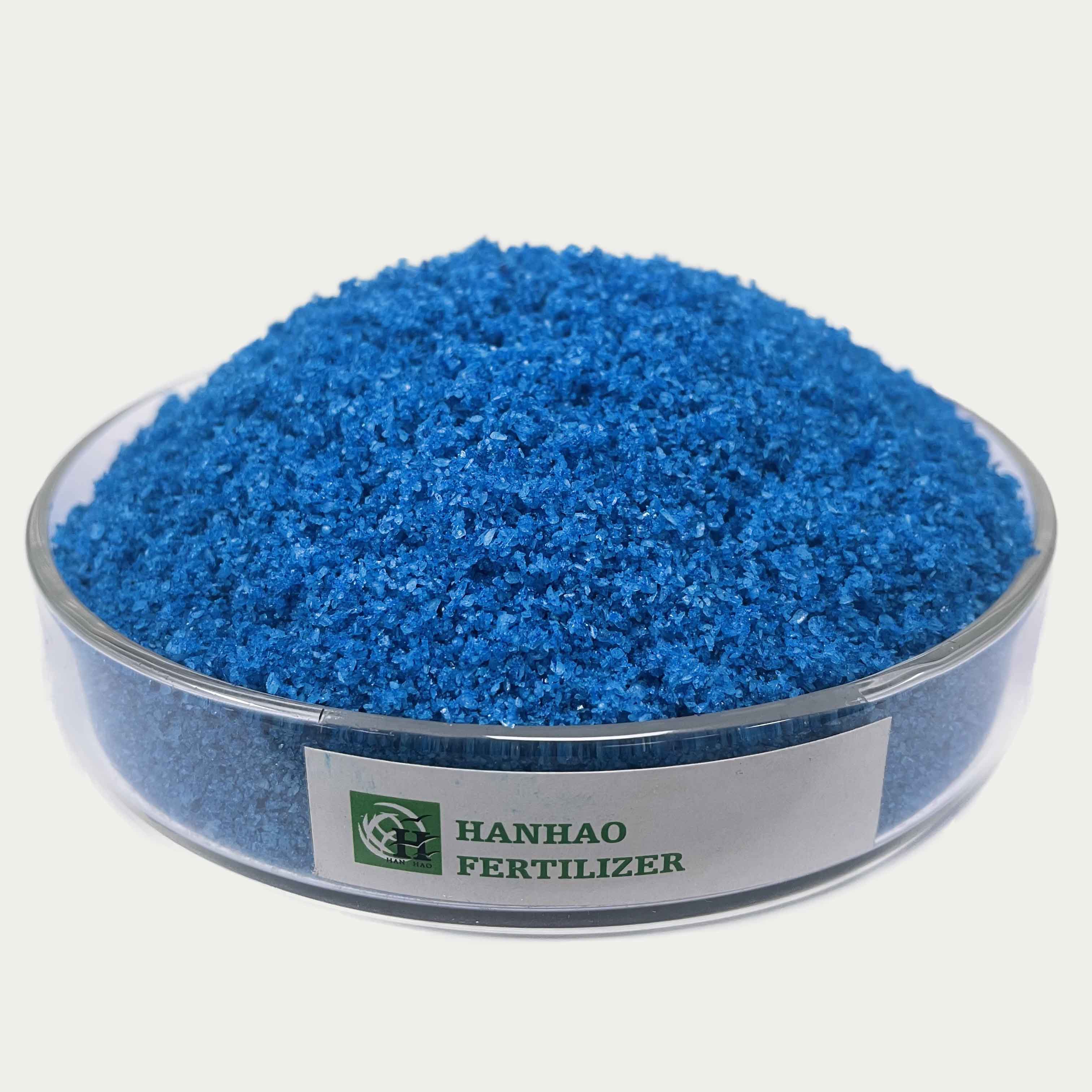
Jul . 31, 2024 13:05 Back to list
Exploring Leading Suppliers for NPK Fertilizer in the Global Market Landscape Today
The NPK Fertilizer Market Key Suppliers and Trends
NPK fertilizers, which contain the essential nutrients Nitrogen (N), Phosphorus (P), and Potassium (K), play a critical role in modern agriculture by promoting healthy plant growth and increasing crop yields. The NPK fertilizer market is a dynamic sector characterized by numerous suppliers, each vying for market share in a landscape shaped by agricultural demands, environmental regulations, and technological advancements. This article will explore key players in the NPK fertilizer supply market, ongoing trends, and future prospects.
Key Suppliers in the NPK Fertilizer Market
The global NPK fertilizer market is dominated by several key suppliers, each with distinct competitive advantages. Notable players include Nutrien Ltd., Yara International ASA, and Mosaic Co., which are recognized for their vast distribution networks and comprehensive product portfolios. Nutrien, for instance, is one of the world's largest providers of crop inputs and services, reaching farmers across the globe with a wide array of NPK formulations.
Yara International is renowned for its innovative approach to nutrient products, focusing on sustainability and efficiency. The company's commitment to developing environmentally-friendly fertilizers is evident in their product lines designed for precision agriculture, which optimize nutrient use and minimize environmental impact. Mosaic Co., primarily known for its potash and phosphate production, is another significant supplier, leveraging its extensive mining operations to provide high-quality NPK fertilizers.
Emerging suppliers, particularly from regions with expanding agricultural sectors such as Asia and Africa, are also gaining traction. These suppliers often offer locally-sourced products at competitive prices, catering to smallholder farmers who may seek affordable solutions tailored to their specific crop needs.
Trends Shaping the NPK Fertilizer Market
npk fertilizer market supplier

The NPK fertilizer market is experiencing several significant trends that are reshaping the industry landscape. One prominent trend is the increasing adoption of precision agriculture. Farmers are increasingly using data-driven technologies to tailor fertilizer applications, ensuring that specific nutrient needs are met while reducing waste. This shift not only enhances crop yields but also aligns with sustainability goals by minimizing nutrient runoff and environmental damage.
Additionally, the push for sustainable agriculture is driving research and development in the NPK sector. There is a growing demand for organic fertilizers and integrated nutrient management practices that support soil health while maintaining productivity. Suppliers are responding by developing products that combine traditional nutrients with organic materials, addressing consumer preferences for environmentally-conscious options.
Another trend is the consolidation of suppliers within the NPK market. Mergers and acquisitions are becoming more common as larger companies seek to enhance their market position and expand their product offerings. This trend presents challenges for smaller producers, pushing them to innovate and differentiate their products to remain competitive.
Future Prospects
Looking ahead, the NPK fertilizer market is poised for growth, driven by the escalating need for food security amid a rapidly increasing global population. The Food and Agriculture Organization (FAO) estimates that global food production must increase by 70% by 2050 to feed the projected population of 9.7 billion. Consequently, the demand for fertilizers, particularly NPK, will continue to rise.
Furthermore, advancements in technology, including biostimulants and smart fertilizer applications, will likely shape the future landscape. These innovations promise to enhance nutrient uptake efficiency, improving crop resilience to changing climatic conditions and contributing to sustainable agricultural practices.
In conclusion, the NPK fertilizer market is a vital component of global agriculture, featuring a diverse range of suppliers and influenced by various trends. As the industry moves towards sustainability and technological integration, suppliers must adapt to meet the evolving needs of farmers, ensuring food security and environmental stewardship for future generations.
-
10 10 10 Fertilizer Organic—Balanced NPK for All Plants
NewsJul.30,2025
-
Premium 10 10 10 Fertilizer Organic for Balanced Plant Growth
NewsJul.29,2025
-
Premium 10 10 10 Fertilizer Organic for Balanced Plant Growth
NewsJul.29,2025
-
Premium 10 10 10 Fertilizer Organic for Balanced Plant Growth
NewsJul.29,2025
-
50 Pound Bags of 13-13-13 Fertilizer for All Plants – Bulk & Organic Options
NewsJul.28,2025
-
High-Efficiency 15-30-15 Granular Fertilizer for Healthy Crops
NewsJul.28,2025
